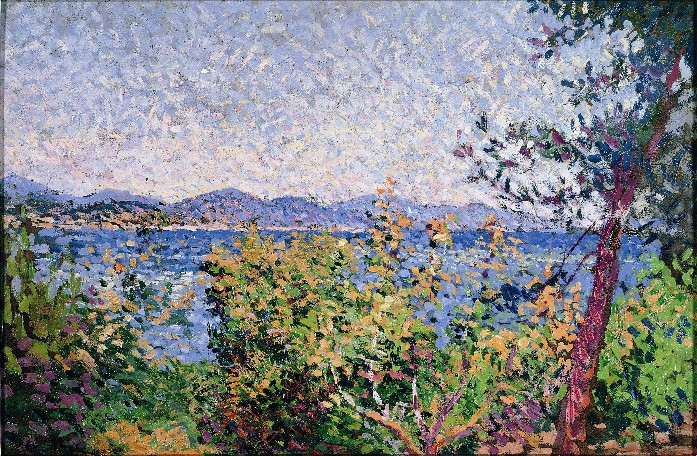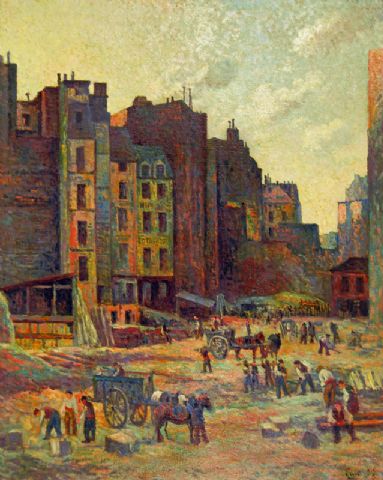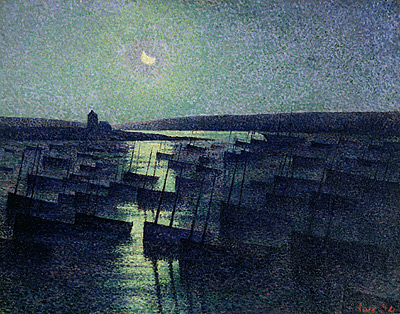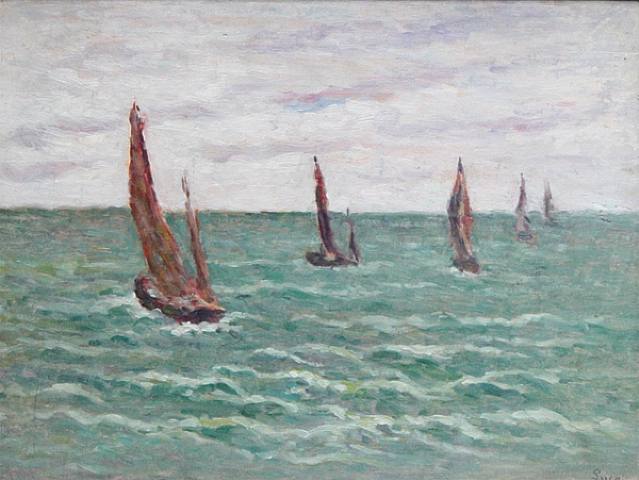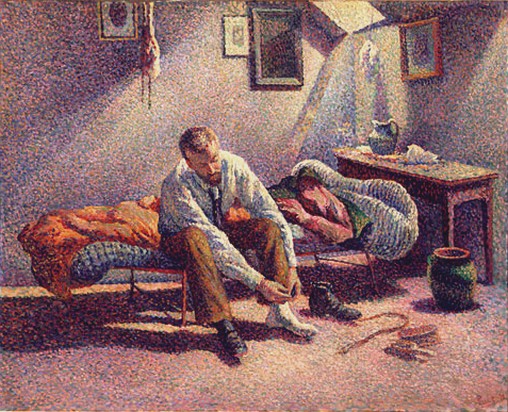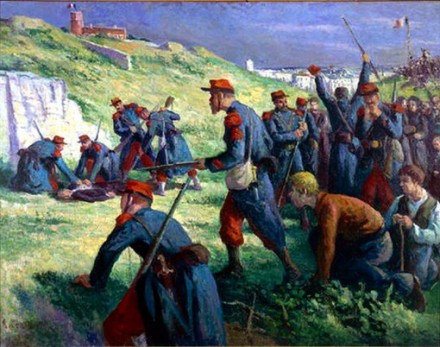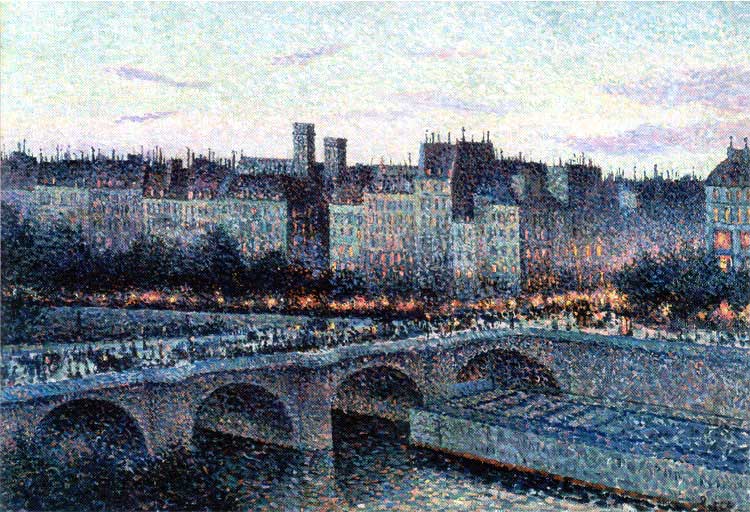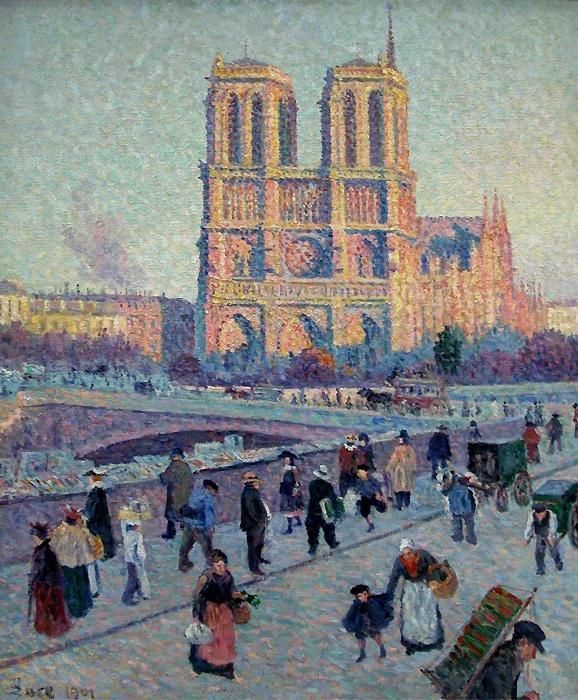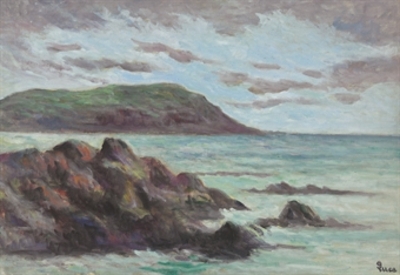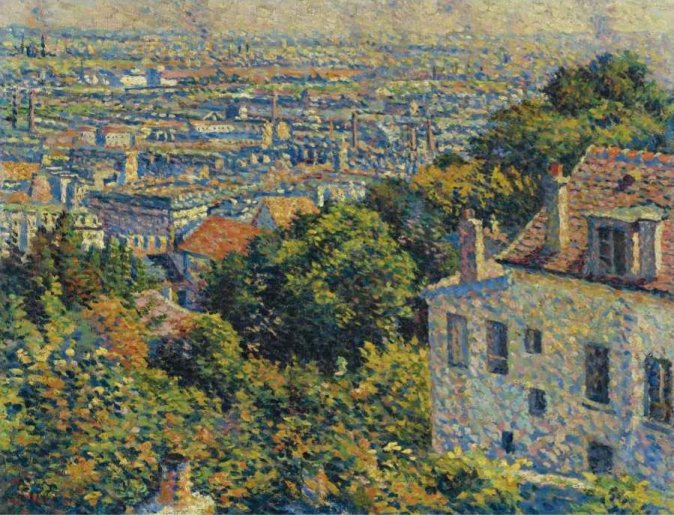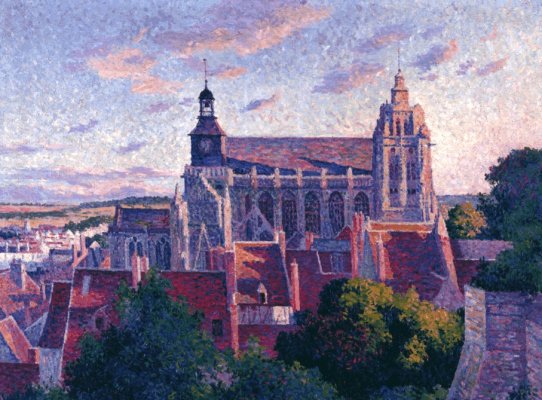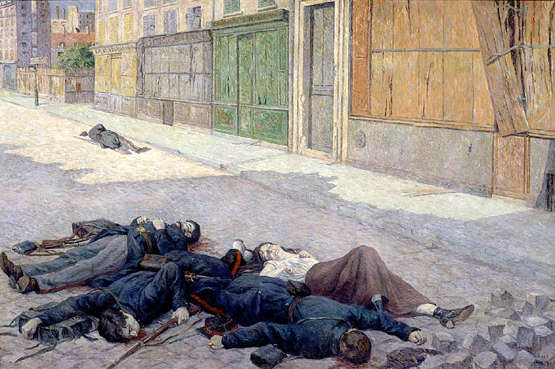<Back to Index>
- Astronomer Percival Lawrence Lowell, 1855
- Painter Maximilien Luce, 1858
- Holy Roman Emperor Joseph II, 1741
PAGE SPONSOR
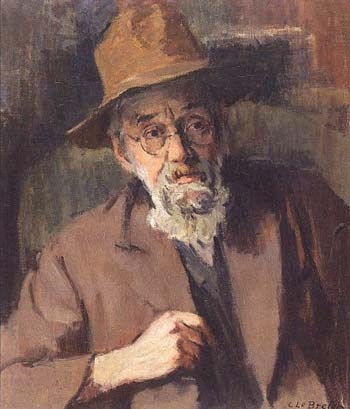
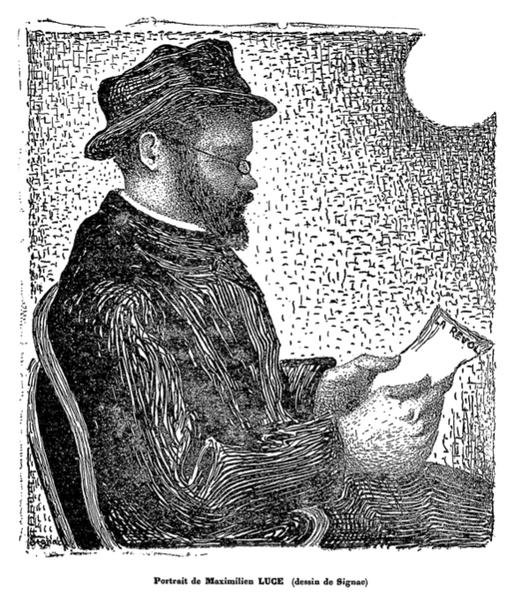
Maximilien Luce (March 13, 1858 – February 6, 1941) was a French artist associated with Neo Impressionism. A printmaker, painter, and anarchist, Luce is best known for his pointillist canvases. He grew up in the working class Montparnasse, and became a painter of landscapes and urban scenes which frequently emphasize the activities of people at work. Maximilien Luce was a member of the Groupe de Lagny with Léo Gausson, Émile-Gustave Cavallo-Péduzzi and Lucien Pissarro.
Like Camille Pissarro, Luce was active with anarchist groups in Paris in the 1890s, and in 1894 served a brief prison term during the Trial of the thirty, before being acquitted. One of his friends in this period was the Swedish artist Ivan Aguéli. During World War I, Luce painted war scenes, depicting soldiers struggling against the horrors of the Great War. Luce died in Paris in 1941.
Public collections holding work by Maximilien Luce include The Art Institute of Chicago, the Cleveland Museum of Art, the Davis Museum and Cultural Center, (Wellesley College), the Fine Arts Museums of San Francisco, Harvard University Art Museums, the Honolulu Academy of Arts, the Indiana University Art Museum (Bloomington), the Indianapolis Museum of Art, the Los Angeles County Museum of Art, the Metropolitan Museum of Art, the Minneapolis Institute of Arts, Musée d'Orsay, the New Art Gallery (Walsall, England), the Palazzo Ruspoli (Rome), Portland Museum of Art (Maine), the Princeton University Art Museum, the Réunion des Musées Nationaux (France), the Saint Louis Art Museum (Missouri), the San Diego Museum of Art (California), the Thyssen-Bornemisza Museum (Madrid), and the Wallraf-Richartz Museum (Cologne, Germany).
